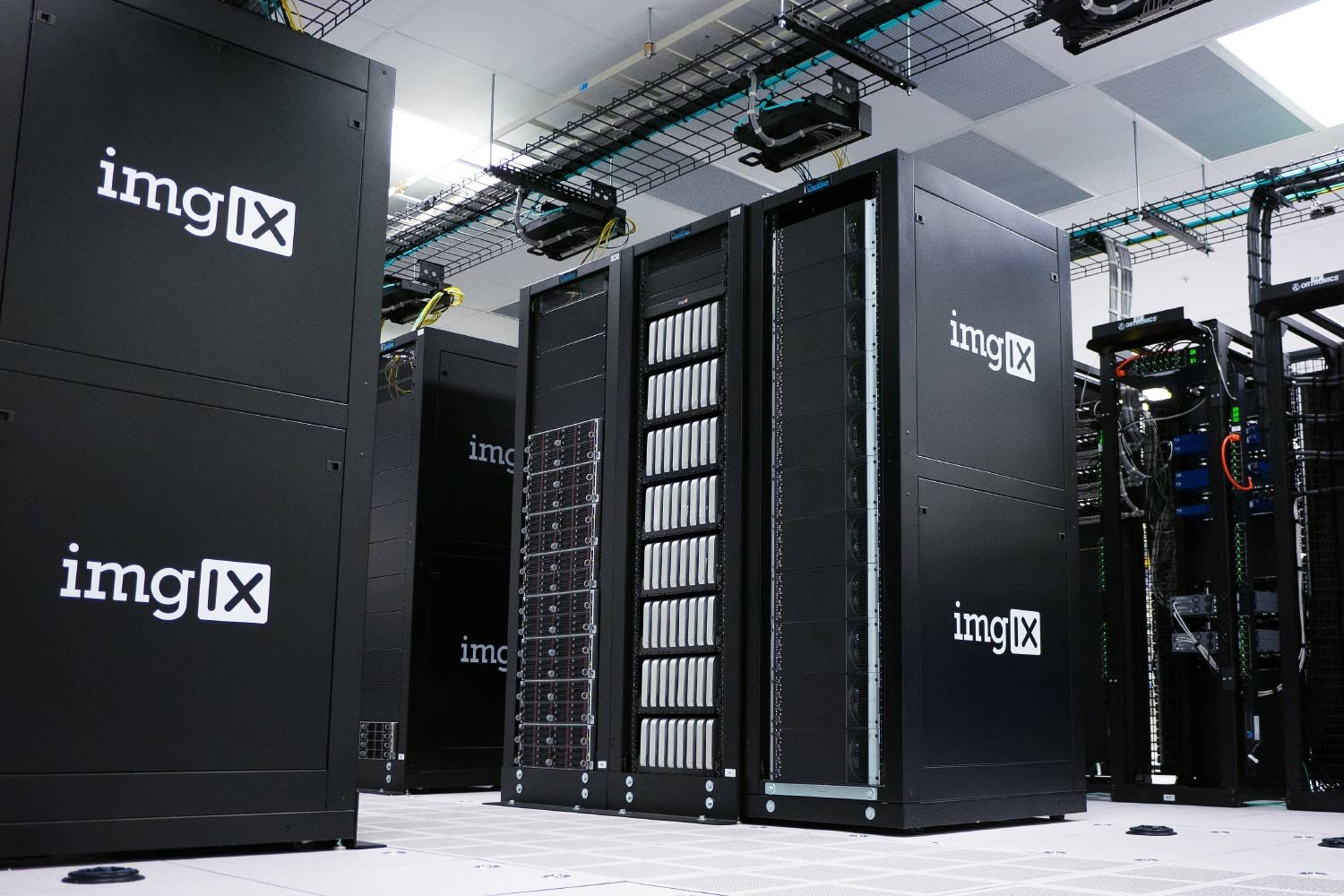Commercial Electricity Rates
In today’s competitive business environment, finding the most cost-effective commercial electricity rates is crucial for maintaining a healthy bottom line. This guide provides an in-depth analysis of commercial electricity comparison, helping businesses make informed decisions to save on energy costs.
- Steps to Compare Commercial Electricity Rates
- Benefits for your business
- Benefits of Comparing Commercial Electricity Rates
Using a broker to switch electricity supply not only simplifies the process but also ensures that your business benefits from expert advice, better rates, and ongoing support, ultimately leading to significant cost savings and enhanced operational efficiency.

Steps to Compare Commercial Electricity Rates

Analyze Your Energy Usage
Begin by understanding your current energy consumption patterns. Gather data on your business’s electricity usage over the past year to identify trends and peak usage times. This information is crucial for comparing rates effectively.

Research Available Suppliers
Research various electricity suppliers in your region. Look for suppliers that cater specifically to businesses and offer competitive rates. Consider factors such as customer service, contract flexibility, and additional services like energy audits or efficiency programs.

Request and Compare Quotes
Request detailed quotes from multiple suppliers. Ensure that each quote includes all potential charges, such as demand charges, time-of-use rates, and any additional fees. Use this data to compare the overall cost rather than just the rate per kilowatt-hour.
Benefits for your business
Expertise and Market Knowledge
Access to Exclusive Deals
Time Savings
Risk Management
Optimized Plans
Ongoing Support

Benefits of Comparing Commercial Electricity Rates
Cost Savings
By thoroughly comparing rates and contract terms, businesses can achieve significant cost savings. Lower energy costs contribute directly to improved profitability and competitiveness.
Improved Energy Efficiency
Engaging with suppliers that offer energy efficiency programs can lead to further savings. These programs often include energy audits, efficiency recommendations, and incentives for implementing energy-saving measures.
Risk Management
Diversifying energy contracts and choosing flexible terms can help manage the risk of future price increases. It provides businesses with the agility to respond to market changes and leverage lower rates when available.